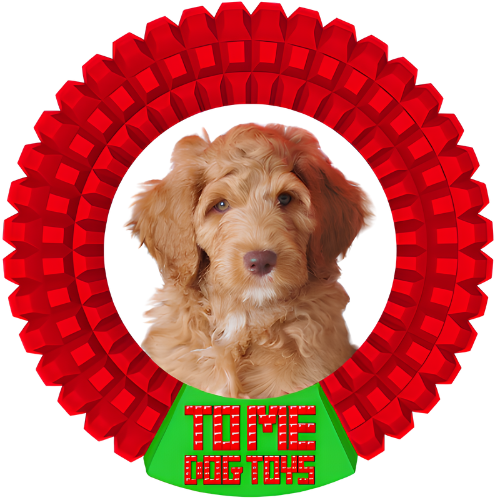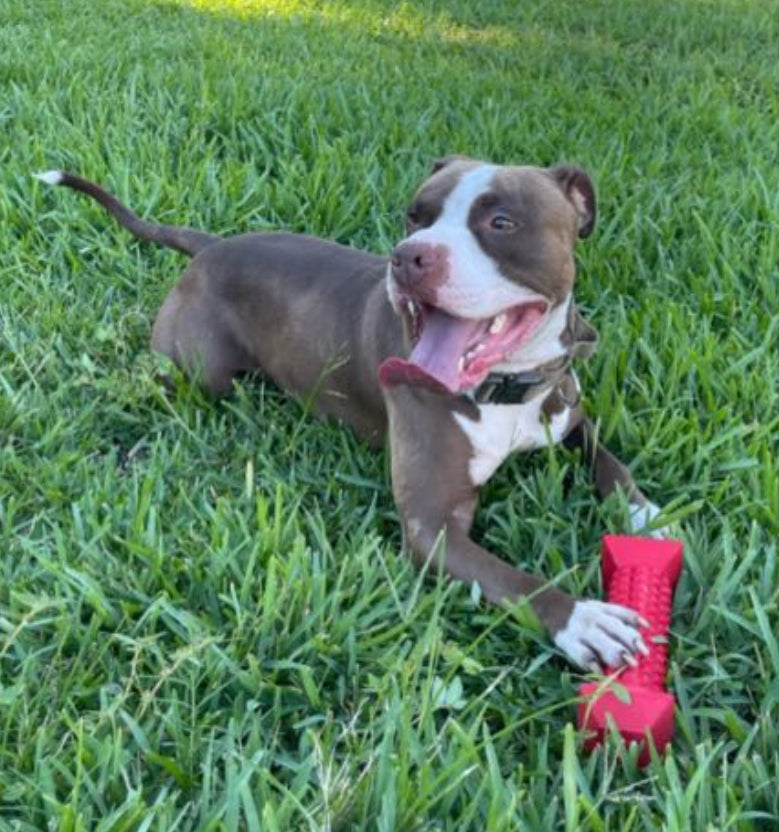Dog training is more than just teaching your canine companion to follow commands. It's about nurturing a relationship, understanding canine behaviors, and helping your pet integrate seamlessly into your life. A trained dog is not only a pleasure to be around but also much happier, having clear boundaries and understanding expectations.
Why Should You Train Your Dog?
An obedient dog that follows commands like 'sit', 'stay', 'come', and 'leave it' ensures that they are safe in potentially dangerous situations. It means when they're off the leash, you can trust them to come back or stay put if there's impending danger. Moreover, when your dog is well-trained, you can confidently take them to public places, friends' houses, or family gatherings, knowing they'll behave. A trained dog is less likely to jump on people, steal food, or become overly aggressive.
Next comes mental stimulation. Believe it or not, dogs crave structure and challenges. Training sessions offer them the mental exercise they need, preventing unwanted behaviors that stem from boredom, like chewing on furniture or digging up the garden.
The Learning Process of Dogs
Dogs, like humans, respond well to positive reinforcement. When they associate a specific behavior with a positive outcome, they're more inclined to repeat it.
Reward-Based Learning: Offer your dog something they cherish, be it a tasty treat, their favorite toy, or effusive praise. If they connect their behavior with this positive reward, they'll strive to replicate it.
Discover Their Favorites: Every dog is unique, so it's essential to discover what makes your pet tick. For some, a piece of chicken might be the ultimate reward, while others might go gaga for a particular toy or even just a hearty belly rub.
Golden Rules for Training Your Pet
You might thing anybody can train dogs, that is just not true. Here are some of the best golden rules for training your dog pets.
Distraction-Free Environment: When introducing a new command, choose a quiet room devoid of distractions. As they become more familiar with the command, you can practice in various environments to ensure their obedience is consistent.
Short and Sweet Sessions: Dogs, especially puppies, have short attention spans. It's more effective to have multiple short training sessions throughout the day rather than one extended one.
Exercise Patience: Every dog is an individual with their own pace of learning. Some might grasp a new command instantly, while others may take a few sessions. Celebrate small victories and be patient.
End on a Positive Note: Conclude your training sessions with a command your dog knows well. This ensures they always associate training with success and positivity.
Enjoy the Process: Remember, at its core, training is about strengthening the bond between you and your dog. Approach it with love, patience, and a sense of fun.
Understanding Your Dog’s Body Language
Every twitch of an ear, wag of a tail, or tilt of a head speaks volumes about what a dog is feeling. While they might not use words, dogs are incredibly expressive, and understanding their body language can deeply enrich the bond you share.
Tail Talk: A wagging tail usually signifies a happy dog, but the type of wag matters. A relaxed, side-to-side wag is a good sign. A stiff, straight-up tail indicates alertness, and if lowered or tucked between the legs, it suggests fear or submission.
Eyes and Ears: The eyes are the window to a dog's soul. Dilated pupils can indicate excitement, fear, or arousal. If a dog avoids eye contact, they might be feeling submissive or scared. Ears that are perked up signify alertness, while flattened ears might mean your dog is scared or trying to be submissive.
Posture and Positioning: A relaxed, leaning-in posture shows trust and comfort, while a rigid body can be a sign of stress or alertness. If your dog exposes their belly, it's either a submissive gesture or an invitation for belly rubs!
Finally, the role of fog toys cannot be overstated. Dogs love toys and respond well to them. However, the choice of toys also matter. Here comes the bone large by www.tomedogtoys.com in the picture. Get the best chewy toys for your canine and enjoy training your dog

